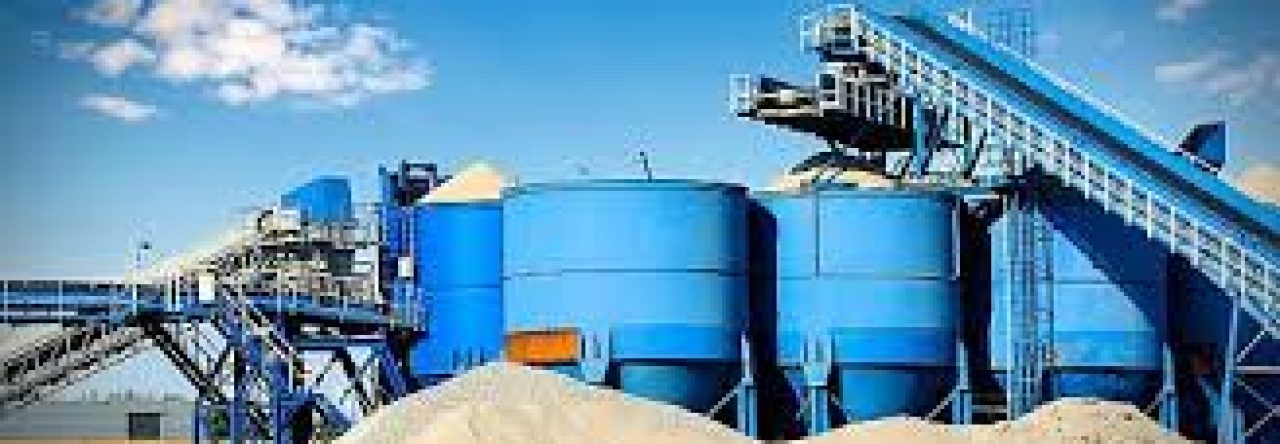The most important performance requirement for the main components and assembly components of any type of solar PV bracket design is weather resistance. The structure of the bracket must be firm and reliable, can withstand atmospheric erosion, wind load and other external effects, can be easily and reliably installed, achieve maximum use with minimal installation cost, and is almost maintenance-free. These are all considerations when selecting a production solution. Key factor. The solution includes the application of h beam supplier high wear-resistant materials in the production process to resist wind, snow and other corrosive effects, and comprehensive use of aluminum alloy anodizing, ultra-thick hot-dip galvanizing, stainless steel, anti-UV aging and other technical processes to ensure solar support Strength and durability.The solar bracket is designed for a maximum wind resistance of 216 km/h, and the solar tracking bracket has a maximum wind resistance of 150 km/h (greater than 13 typhoons). The new solar module bracket system represented by the solar single-axis tracking bracket and the solar dual-axis tracking bracket can increase the power generation capacity of the solar module by 30% compared with the conventional fixed bracket (the same number of solar panels).Two ways of connecting photovoltaic supports:Generally speaking, the photovoltaic bracket assembly can be divided into two types according to the connection manner of the device, one is welding type, and the other is assembly type. In residential buildings, the use of photovoltaic supports is not suitable for welding brackets. Both connections have their own characteristics.For the assembly type of photovoltaic bracket, the most remarkable feature is that the assembly and disassembly speed is fast, no welding is required, and the construction of the bracket is processed, the coating has uniform corrosion resistance and good durability, not only construction Fast and beautiful. The welding type of the photovoltaic bracket adopts the process requirements of the steel steel angle steel, the channel steel, the square steel and the like, and the strength of the connection is relatively high, and the price is low, which is the most important bracket connection method on the market today. However, there are some disadvantages in the welding bracket, that is, the corrosion prevention at the joint is relatively difficult. In the field construction, the cost is relatively high and the speed is slow.Suitable for any type of panel that derives energy from the sun: photovoltaic, solar hot water, especially photovoltaic pump systems. Suppose the panel is fixed or has a slope that can be adjusted seasonally. Panels that track the entire solar motion can get 10% (winter) to 40% (summer) more energy than fixed panels. If you are in the northern hemisphere, solar panels should always face the true south, and if you are in the southern hemisphere, the solar panels should be truly south. Zhenbei is not the same as Magnetic North. If you use the compass orientation panel, you need to correct the different differences, depending on the location. Search for “magnetic declination” on the network to find the correct angle for your location.It is easiest to mount the solar panel in a fixed, tilted position. However, due to the high summer sun and low winter, the slope of the panel can be adjusted according to the season, and more energy can be captured throughout the year. In short, adjusting the tilt twice a year can effectively increase energy. Adjusting it four times a year can only be a little more, but if you need to optimize production in the spring and fall, it can be important.If the solar panel will have a fixed angle of inclination, and get the most energy throughout the year. Fixed angles are convenient, but have some drawbacks. As mentioned above, the PV pump system will achieve less power than the adjustment angle. Also, if you live in a place with snow, adjust the panel to a steeper angle in winter. Snow-covered panels produce little or no power.
